
Expanding industrial land fund, welcoming big investors
Dr. Can Van Luc, chief economist of BIDV , member of the National Financial and Monetary Policy Advisory Council, assessed that the real estate market in the 2025-2026 period is receiving many supports, such as stable macro-economy, institutional breakthroughs, promoted public investment, improved financial foundation of enterprises... Although still facing many challenges, compared to the general level of the region and the world, Vietnam's economy is forecast to grow well, creating a foundation for the real estate sector to continue to recover and develop.
In addition, the adjustment of administrative boundaries of provinces and cities is expected to create a strong boost for Vietnam's industrial real estate market in the strategic transition period.
According to the analysis of Mr. Thomas Rooney, Deputy Director of Industrial Consulting Department (Savills Hanoi ), the expansion of administrative boundaries helps provinces/cities to plan more new industrial parks with larger areas, providing more options for investors and businesses.
According to experts, the "Strategic Quad": breakthrough in science, technology, innovation and national digital transformation (Resolution No. 57-NQ/TW); international integration in the new situation (Resolution No. 59-NQ/TW); innovation in law-making and enforcement to meet the requirements of national development in the new era (Resolution No. 66-NQ/TW) and private economic development (Resolution No. 68-NQ/TW) will have a strong impact on the macro context, promoting the development of the country and the real estate market, including industrial real estate, will also benefit.
In fact, in recent years, some localities have attracted many "big guys" to come and learn, but due to the scarcity of industrial land, they cannot meet the demand for industrial land area as desired by investors, so they have to watch the capital "flow" to other localities.
In addition, after the merger, provinces and cities have larger areas and clearer zoning conditions to develop specialized industrial parks or industrial complexes, and supporting industrial parks. For example, specialized supporting industrial parks provide components and spare parts for large-scale manufacturing industries, or a specific manufacturing industry (automobiles, semiconductors, etc.).
“The localities that are already bright spots in attracting investment, when merged and coordinated more closely in planning, will complement each other in terms of infrastructure, labor and development orientation. Large scale helps localities achieve higher standards in infrastructure and management, thereby improving their position in the global value chain,” Mr. Thomas Rooney analyzed.
In addition, this expert shared that adjusting administrative boundaries will affect a series of factors, from land use planning, investment licensing, to legal procedures related to environment and construction.
Therefore, in the short term, businesses may face difficulties due to changes in management and policies that have not been synchronized between merged localities. However, in the long term, this is a great opportunity to rebuild a more transparent and effective legal framework. Coordinating and unifying procedures in the new administrative areas will help save time and improve investor confidence.
“For industrial real estate, where stability and clarity in planning are vital, unifying procedures and policies will pave the way for large-scale industrial parks, integrating logistics infrastructure, satellite cities and inter-regional transport connections,” added Mr. Thomas Rooney.
Southern market recorded many positive developments
Sharing about the industrial real estate market in the Southern region (HCMC, Binh Duong, Dong Nai, Long An, Ba Ria - Vung Tau...), Ms. Pham Ngoc Thien Thanh, Deputy Director of the HCMC Research and Consulting Department (CBRE Vietnam) said that the occupancy rate of industrial park land remains stable at 89%.
Meanwhile, the warehouse and ready-built factory markets also recorded many positive developments, with occupancy rates reaching 72% and 89% respectively in the first quarter of 2025. Along with the high occupancy rate, the average industrial land rental price in tier 1 markets in the Southern region (excluding Ho Chi Minh City) reached 170 USD/ m2 /remaining term, a slight increase of 2% compared to the previous quarter and 4% higher than the same period in 2024. Factory rental prices were stable at 5 - 5.1 USD/ m2 /month; warehouse rental prices increased by 7.6% compared to the same period in 2024 and 2.6% compared to the previous quarter, reaching 4.8 USD/ m2 /month.
“Transactions for leasing industrial land and ready-built warehouses in the past 3 years in the Southern market mainly come from domestic enterprises with diverse industries, such as transportation, logistics, construction materials production, electronic components, food, wood furniture production, e-commerce and retail,” Ms. Thanh shared.
Source: https://baolaocai.vn/dieu-chinh-dia-gioi-don-vi-hanh-chinh-cu-hich-moi-cho-bat-dong-san-cong-nghiep-post402989.html








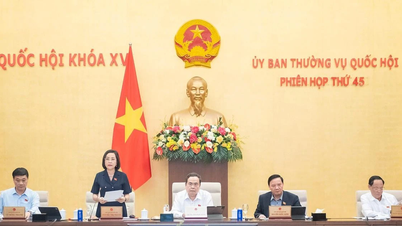







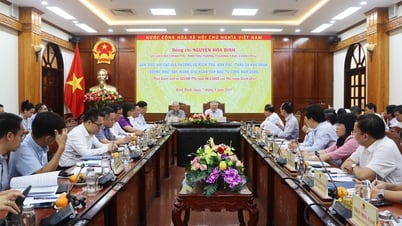





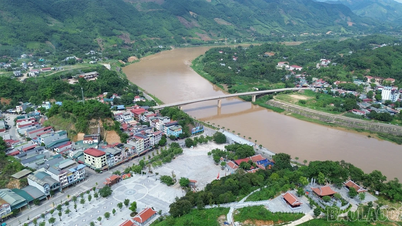




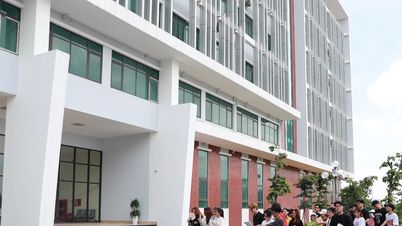


































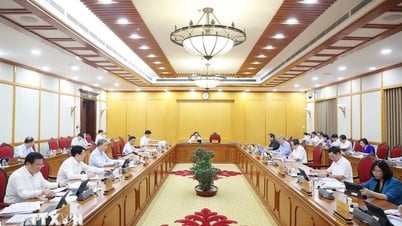















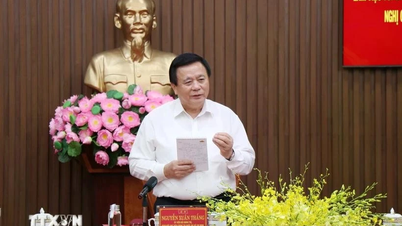












![[OCOP REVIEW] Tu Duyen Syrup - The essence of herbs from the mountains and forests of Nhu Thanh](https://vphoto.vietnam.vn/thumb/402x226/vietnam/resource/IMAGE/2025/6/5/58ca32fce4ec44039e444fbfae7e75ec)



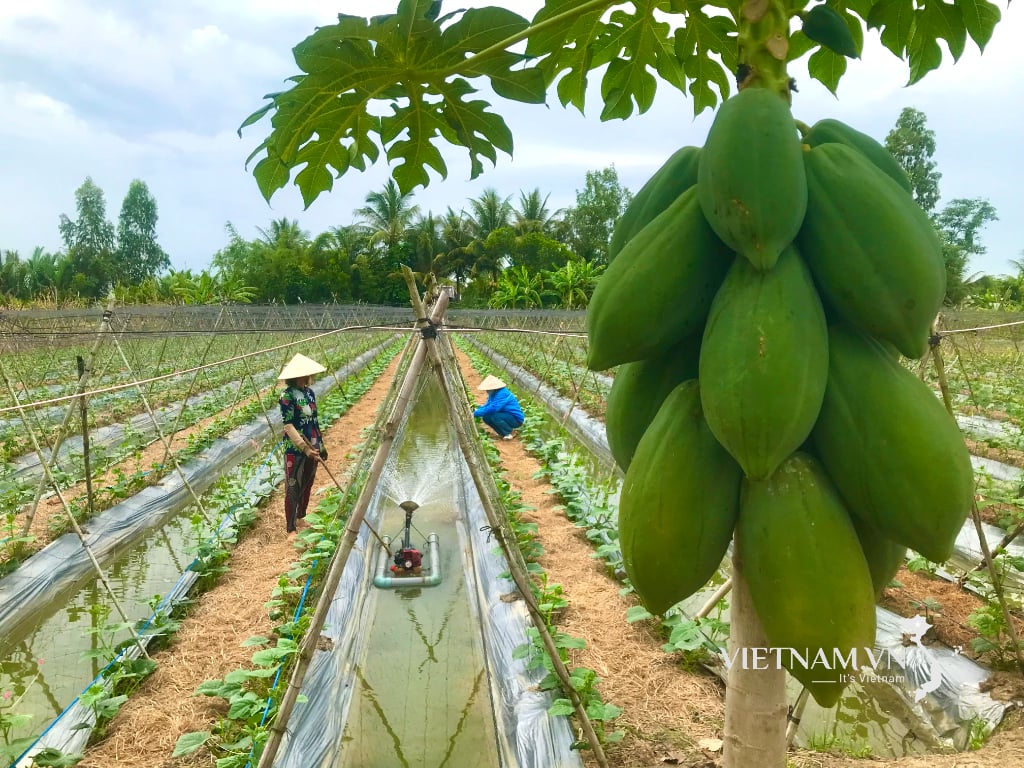

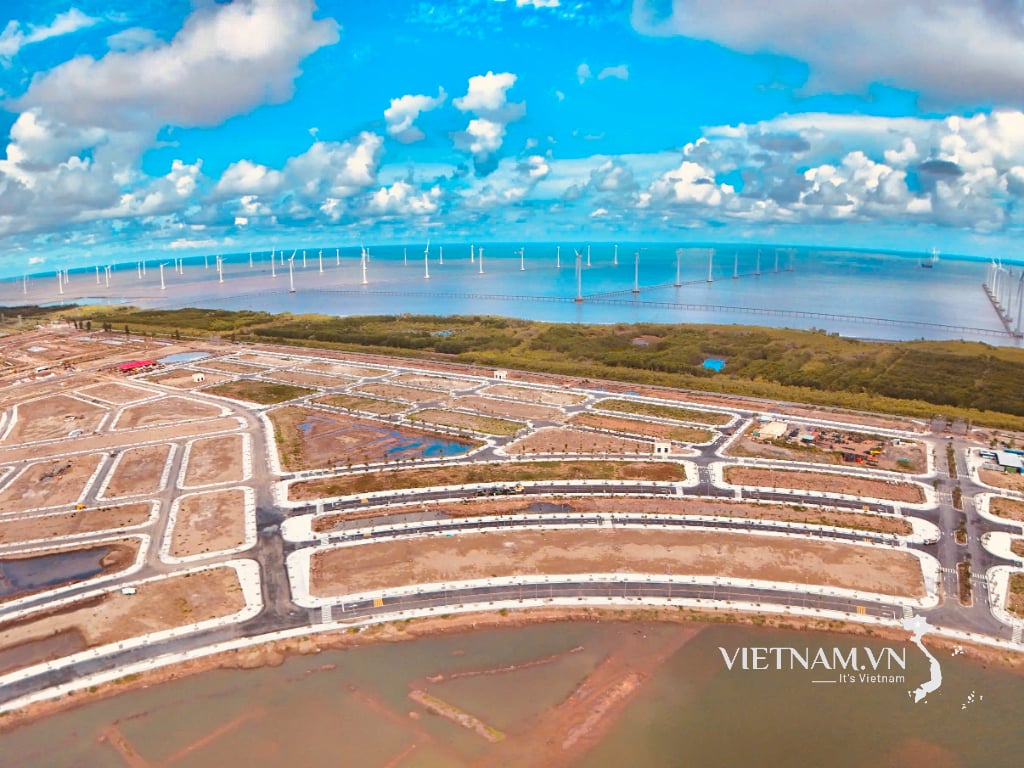
Comment (0)